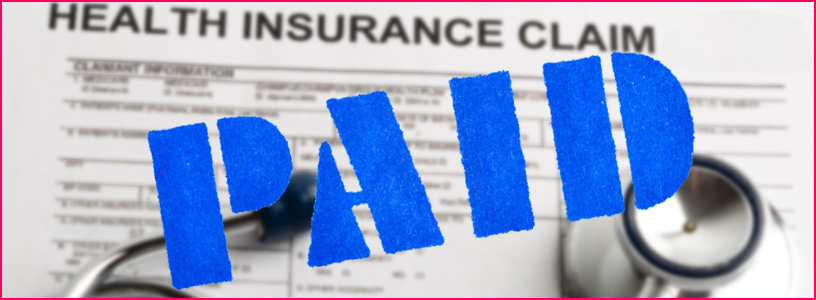BE THE MAN. Take Charge of Your Own Health
Don’t be “that guy” who only goes to the doctor when something is seriously wrong. By then, it could be too late to prevent disease, be treated successfully, or reverse permanent damage. Instead, be “the man” who takes charge of his own health.
Start by scheduling an annual checkup. During this routine exam, your doctor will check your vitals and schedule preventive services recommended for men your age. The doctor will also talk with you about health issues that are unique to men, like these:
- Depression. This affects one in three men in their lifetime, and the suicide rate for men is four times higher than the rate for women.
- Prostate cancer. This is the second-leading cause of cancer deaths for men in the U.S.
- Testicular cancer. This the most common cancer affecting men aged 15 to 35.
- Erectile dysfunction. This common condition affects about 10% of men per decade of life. For example, 50% of men in their 50s are affected by ED.
Don’t let this month go by without scheduling your annual checkup, which is covered at 100% by your Medical Plan. To find a doctor in your network, register on your Plan’s website (go to sdtrust.com and click on the communications icon in the top, right hand corner, then choose “Key Benefit Carrier Contacts” for a quick link to your provider), then search for a provider near you.
#MensHealthMonth
Resources
- SD-1 Library: Preventive Care Is Free to You (Infographic)
- Kaiser Permanente Plan Participants: 3 Basic Health Tips for Men
- Providence Health Plan Participants: Providence Men's Health Team
KEEP THIS IN SIGHT. Reduce Your Risk for Cataracts
When you protect your eyes from sun damage, you also reduce your risk for developing cataracts. While they can develop at any age, cataracts are more common as people get older, affecting around half of people over 50 years old, and almost everyone by age 80.
During #CataractAwarenessMonth (and the start of summer), practice healthy vision habits:
- Wear sunglasses with 100% UV protection, especially in the early morning and late afternoon, when the sun is most damaging to your eyes.
- Wear protective eyewear during activities that may be dangerous to your eyes, such as doing yard work, playing sports, using strong chemicals, or doing home repairs.
- Quit smoking. Smoking significantly increases your risk for cataracts, age-related macular degeneration, glaucoma, diabetic retinopathy, and dry-eye syndrome.
- Make eye-healthy food choices by adding foods high in beta-carotene (orange-colored fruits and vegetables like sweet potatoes, carrots, cantaloupe, mangos, and apricots) to your diet.
- Get an annual dilated eye exam to check for common eye problems, including cataracts, diabetic retinopathy, glaucoma, and age-related macular degeneration.
At first, you may not notice that you have a cataract. But over time, cataracts can make your vision blurry, hazy, or less colorful. You may have trouble reading or doing other everyday activities.
In the early stages of cataracts, a new eyeglass prescription may help you see better, as well as brighter lights, anti-glare sunglasses, and magnifying glasses. Surgery can correct vision problems caused by cataracts.
Your Vision Plan benefits help you keep your eyes healthy with an annual eye exam and routine care. When cataracts meet certain criteria, your medical plan covers surgery (check with your Plan for specifics and your out-of-pocket costs).
Resources
- National Eye Institute: Cataracts
- Kaiser Permanente Plan Participants: Treatments for Cataracts
- VSP (Providence Health Plan Participants): Cataract Surgery: What Is It and What to Expect
APPROVED. Help Your Claims Get Paid Without a Hitch
Denied claims are often caused by an error in the patient information or in the provider’s billing code entry. Here are three ways you can do your part to help your claims get processed (and paid) without delays.
- When you see your provider, take the time to confirm that they have your correct Plan ID and contact information.
- Keep your contact information up to date with the Trust. To learn how to update your mailing address, email, or phone, go to sdtrust.com, click Menu, Life Events, Change of Address.
- Providence Health Plan participants: Be sure to review your EOBs (Explanation of Benefits) to ensure they are correct. Watch for them in the mail, or log in and view them in your account online at myProvidence.com.
If your claim is denied, our latest infographic (click below) explains the steps you can take to correct any errors or appeal the decision.
Resources
- SD-1 Library: Why Wasn’t My Claim Paid? (Infographic)


